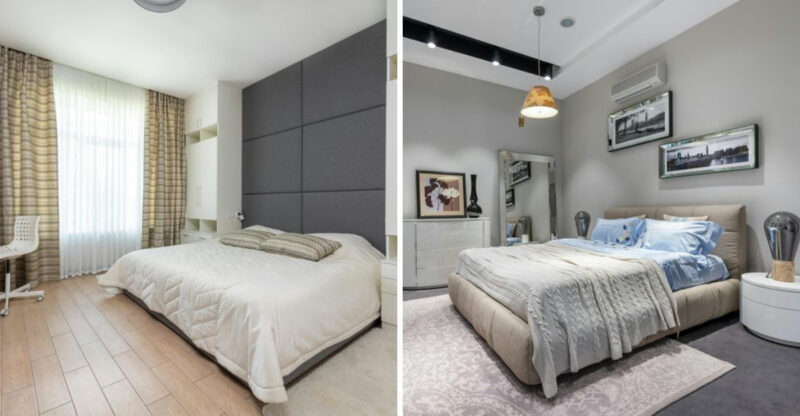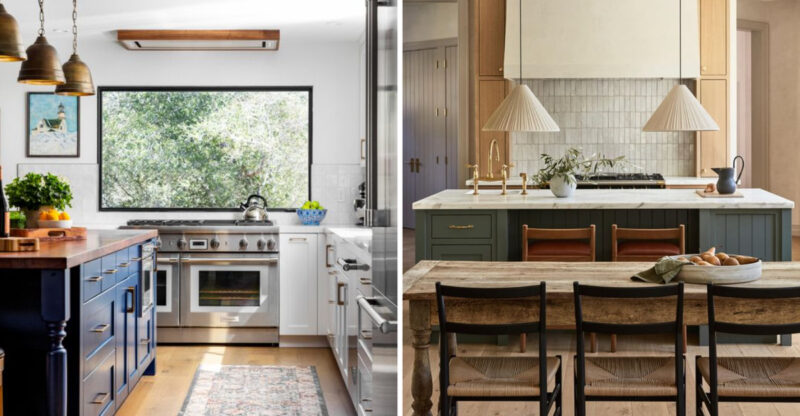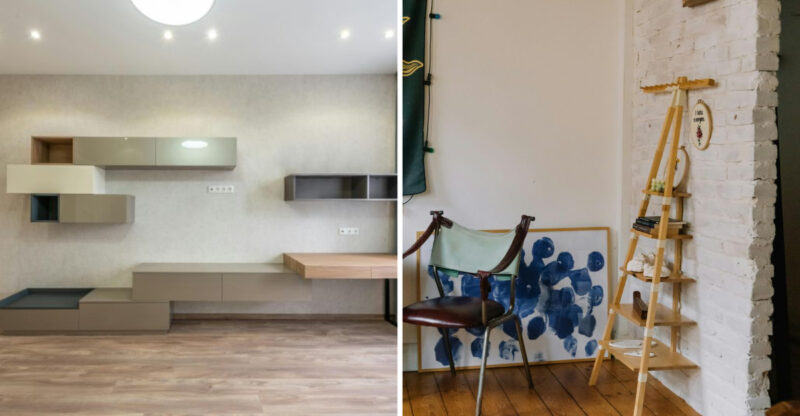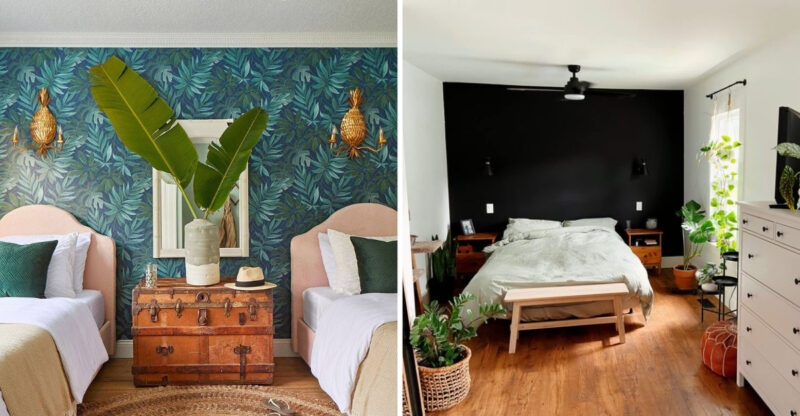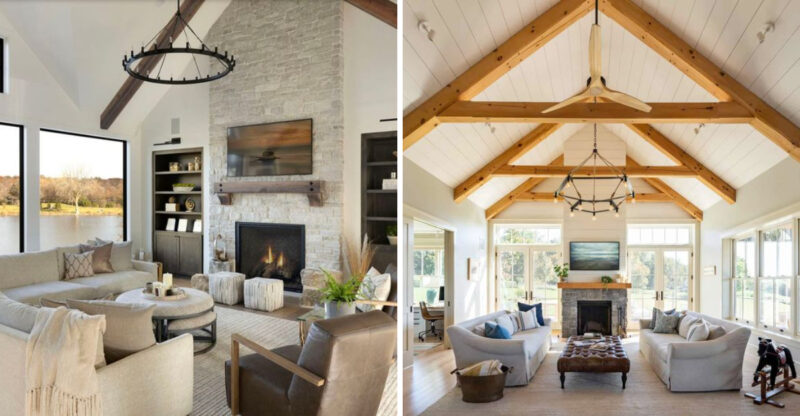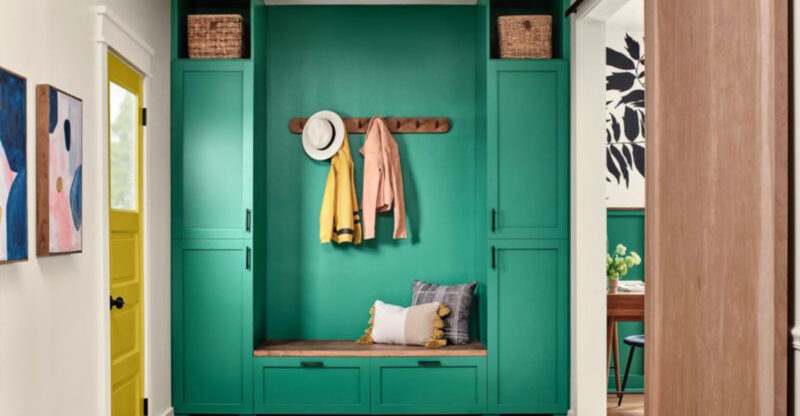12 Interior Trends That May Sacrifice Comfort For Style
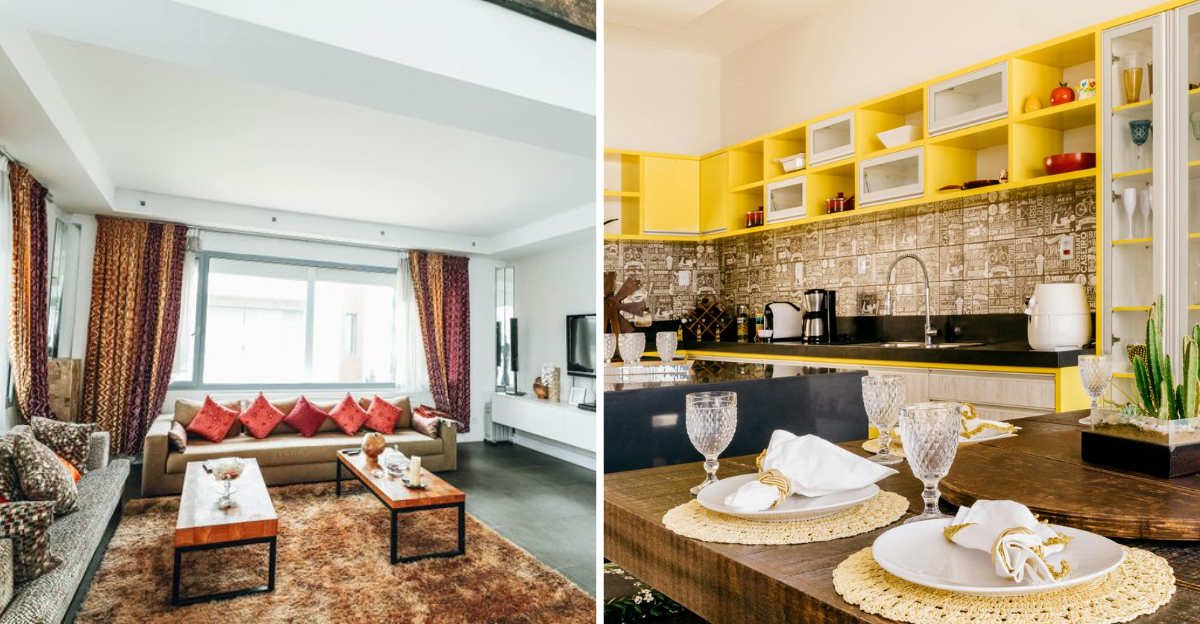
Chasing the perfect Instagram-worthy home can be tempting, but style doesn’t always equal comfort.
Modern trends often favor striking visuals over practical living, and it’s easy to end up with spaces that impress guests but frustrate daily life.
Keep in mind that every home is unique, so results may vary, but here are some design choices that look great on paper yet may leave you wishing for a cozier, more usable space.
1. Minimalist Seating That Looks Sleek But Feels Uncomfortable
Those ultra-sleek chairs with razor-thin profiles might earn you design points on Instagram, but your tailbone will pay the price. Many minimalist chairs feature hard surfaces, rigid angles, and virtually no padding creating seating that’s more sculpture than comfort zone.
I recently visited a friend’s apartment filled with these architectural marvels. After just thirty minutes of conversation, everyone was subtly shifting positions and making excuses to stand up. Remember that humans aren’t designed to sit on flat, unforgiving surfaces.
If you’re drawn to this style, consider adding slim cushions that maintain the sleek look while providing necessary padding. Alternatively, save these statement pieces for areas where people sit briefly rather than for hours-long gatherings.
2. Hard, Polished Flooring Over Plush Carpets
Concrete, marble, and polished hardwood floors dominate design magazines with their clean, uninterrupted surfaces. While visually striking, these hard surfaces create echo chambers and offer zero cushioning for tired feet or accidental falls.
Walking across cold concrete first thing in the morning is a jarring way to start your day. Parents of young children know the anxiety of watching toddlers navigate these slippery, unforgiving surfaces. Even pets struggle to find comfortable resting spots.
You don’t have to sacrifice the clean look entirely. Strategic area rugs can define spaces while providing comfort zones. Consider heated flooring in bathrooms and kitchens to make hard surfaces more welcoming during colder months while maintaining that polished aesthetic.
3. Ultra-Slim Sofas with Little Cushioning
Mid-century inspired sofas with their low profiles and taut cushioning look amazing in photos. The reality of sitting on what amounts to a slightly padded bench is far less glamorous. These sofas often feature minimal back support and firm cushions that show little evidence anyone has ever relaxed on them.
My neighbor invested in a gorgeous Italian sofa that looks straight out of a design catalog. When I visited, I noticed everyone perched awkwardly on the edge rather than sinking in comfortably. The sofa remains pristine because nobody actually wants to lounge on it!
If this style speaks to you, look for versions with deeper seats and slightly softer cushioning. Adding throw pillows can provide additional back support while maintaining the clean aesthetic.
4. High-Metal or Acrylic Dining Chairs
Metal and acrylic chairs bring an industrial or ultra-modern vibe to dining spaces. What they don’t bring is comfort during long dinner parties. The cold, hard surfaces and often backless designs force diners to maintain perfect posture or suffer the consequences.
During a recent dinner party, I watched guests gradually migrate from the stylish metal chairs to the more comfortable seating in the living room as the evening progressed. By dessert, the beautiful dining setup was nearly abandoned. These chairs can also be noisy, scraping against floors and creating a cacophony during meals.
Want to keep the look? Consider adding thin seat cushions that can be removed for cleaning, or limit these chairs to spaces where people sit briefly. Save the lengthy meals for areas with more forgiving seating options.
5. Overly Structured Sectionals
Modular sectionals with their precise, geometric forms make for striking focal points. Unfortunately, many prioritize form over function with rigid angles that don’t accommodate the natural curves of the human body. These pieces often feature firm cushioning that maintains its shape at the expense of comfort.
When visiting a design-savvy friend, I noticed everyone avoided the beautiful sectional in favor of the single, worn armchair in the corner. The sectional’s perfect right angles and unyielding cushions made relaxation impossible, while the old chair actually conformed to the body.
Look for sectionals with a balance of structure and softness. The best options maintain their architectural appeal while still offering enough give in the cushions to make movie night enjoyable rather than an endurance test.
6. Exposed Shelving With Sharp Edges
Open shelving with metal brackets and raw-edge wood might showcase your curated collections beautifully, but they’re also collision magnets. These trendy storage solutions feature corners and edges at exactly the height to catch hips, elbows, and heads as you move through your space.
My friend’s industrial-style bookcase looks magazine-worthy until you notice the collection of bruises on her arms from midnight bathroom trips. Sharp corners become particularly problematic in high-traffic areas or homes with children who haven’t mastered spatial awareness.
If you’re committed to the open shelving trend, consider rounded edges or placing these features away from walkways. Another option is to install them higher on walls where they won’t interfere with movement while still providing visual interest and storage.
7. Decorative Pillows That Are Too Firm
Those perfectly karate-chopped pillows with their crisp silhouettes make beds and sofas look like they belong in a showroom. The problem? Many decorative pillows are stuffed so firmly they’re more like decorative bricks than something you’d actually want to rest against.
I’ve stayed in guest rooms where removing the mountain of rock-hard pillows becomes the first order of business. These accessories often feature scratchy fabrics or embellishments that look stunning but feel terrible against skin or when you’re trying to get comfortable.
For pillows that serve both form and function, look for inserts that offer some give while maintaining their shape. Consider keeping the most elaborate pillows for daytime display only, swapping them for more comfortable options when you’re actually using the space for relaxation.
8. Glass Coffee Tables With Harsh Corners
Glass coffee tables with their crystal-clear surfaces create an illusion of space and lightness in living rooms. What they also create are shin bruises, stubbed toes, and constant anxiety about catastrophic breaks. The sharp corners of these transparent hazards seem magnetically attracted to body parts.
Parents of young children often learn the hard way that these tables are accident magnets. Even adults struggle with them I’ve witnessed countless guests misjudge the edges of glass tables while setting down drinks or navigating around them in dimly lit rooms.
If you love the airy look of glass, consider tables with rounded corners or beveled edges that minimize injury risk. Coffee tables with glass insets surrounded by padded frames offer another safer alternative while maintaining the reflective qualities that make glass so appealing.
9. Tall, Narrow Cabinets That Are Hard to Reach
Soaring cabinetry that stretches to the ceiling maximizes storage and creates visual height. The downside? Unless you’re exceptionally tall or keep a stepladder handy, those upper reaches become functionally useless or dangerous to access.
My sister’s gorgeous kitchen features cabinets that extend to her 10-foot ceilings. The top shelves have become a graveyard for items she rarely uses because retrieving them involves a precarious balancing act on countertops. Even with a stepladder, removing heavy items from these heights poses safety risks.
For more practical tall storage, consider installing a rolling library ladder or reserving those highest spaces for lightweight, rarely-used items. Another option is to make these areas purely decorative, displaying items that need only occasional dusting rather than regular access.
10. Floor-to-Ceiling Curtains That Block Airflow
Dramatic floor-to-ceiling drapery creates a luxurious, cohesive look that designers love. However, these fabric walls often impede natural ventilation and trap heat near windows, making climate control more challenging and expensive.
During summer visits to my aunt’s elegantly appointed home, I’ve noticed how her massive curtains block the cross-breeze that might otherwise cool the space naturally. The heavy fabrics collect dust and allergens too, making them problematic for sensitive individuals despite their undeniable visual appeal.
You can maintain the dramatic look while improving functionality by choosing lighter fabrics that move with air currents. Consider tieback options that allow you to secure curtains away from windows when ventilation is desired while still providing coverage when needed for privacy or light control.
11. Stiff Upholstered Benches in Entryways
Tailored entry benches with their tufted upholstery and slim profiles make grand first impressions. Try actually sitting on one while putting on shoes, though, and you’ll discover why these pieces are often more decorative than functional.
The typical entryway bench features minimal padding over a hard frame and lacks back support entirely. I’ve watched friends perch awkwardly on these pieces, clearly uncomfortable but determined to use furniture as intended. Most people end up sitting on stairs or leaning against walls instead.
For an entry bench that serves its purpose, look for options with adequate cushioning and perhaps a slight back or armrests for stability when putting on footwear. Storage benches offer the added benefit of hiding seasonal items while providing a more substantial, comfortable place to sit.
12. Statement Lighting That Glares Rather Than Diffuses Light
Sculptural pendant lights and artistic fixtures transform ceilings into gallery spaces. Unfortunately, many prioritize form over function, creating harsh direct light or insufficient illumination for practical tasks.
I visited a restaurant recently where the gorgeous geometric pendants cast unflattering shadows on every face and made menu reading nearly impossible. At home, these statement pieces often provide ambient light at best, requiring supplemental task lighting that clutters the clean design aesthetic.
When selecting statement lighting, consider fixtures with diffusers that soften light or designs that direct illumination where it’s actually needed. The best options balance artistic expression with proper light distribution. Remember that lighting should enhance both your space and the activities that take place there, not just serve as a conversation piece.

